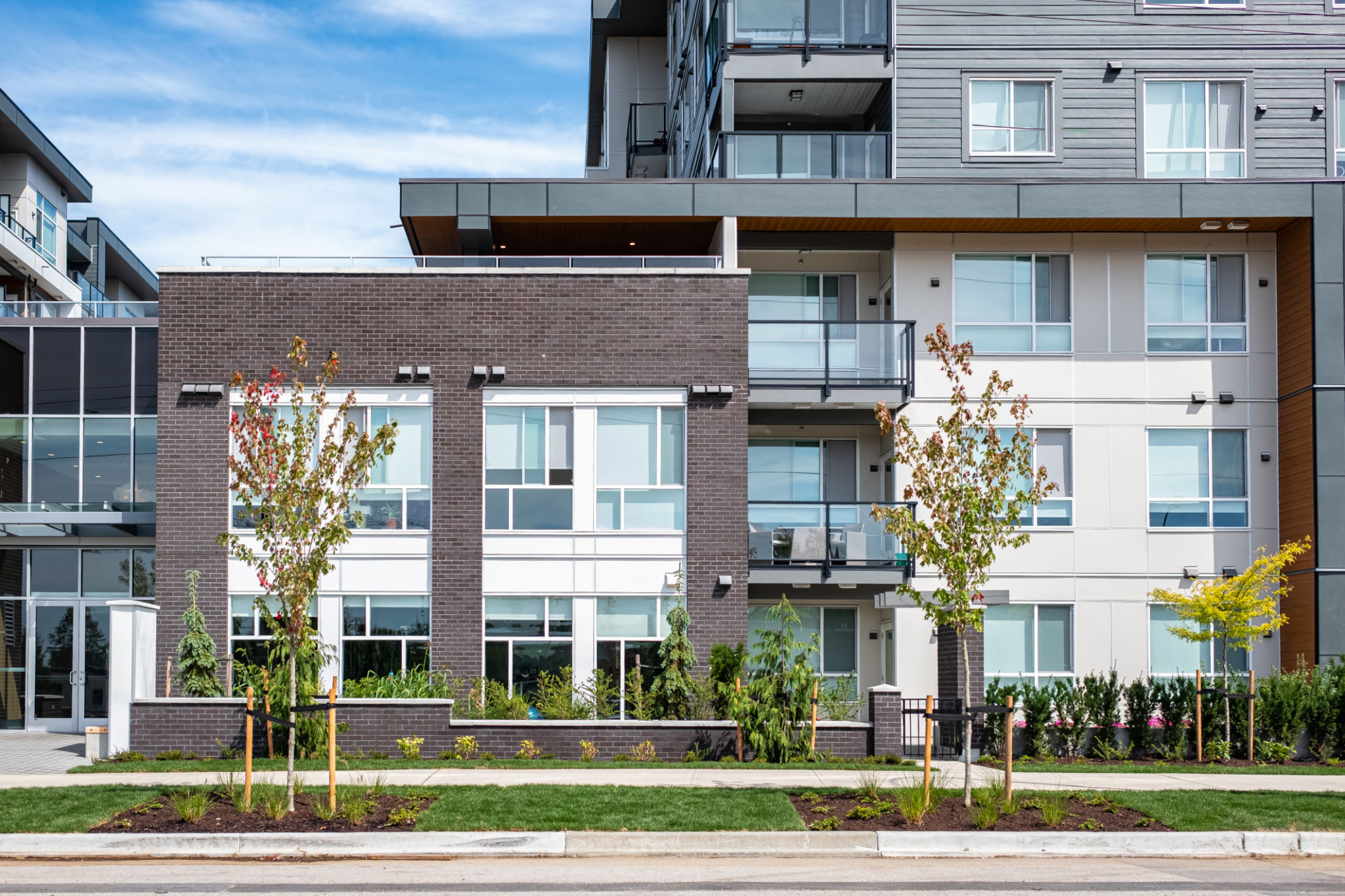Expert Tips for Maintaining High-Rise Safety in Coastal Florida
The Unique Challenges of High-Rise Safety in Coastal Florida
High-rise buildings in coastal Florida face unique safety challenges due to their location. The combination of tall structures with the volatile weather patterns, including hurricanes and tropical storms, can pose significant risks. Ensuring the safety of these buildings requires a strategic approach that addresses both structural integrity and emergency preparedness.
One of the primary concerns is the impact of strong winds and flying debris during storms. High-rise buildings must be constructed with materials and architectural designs that can withstand such forces. Regular maintenance and inspections are crucial to identify any vulnerabilities in the structure.

Structural Integrity: Building for Resilience
Maintaining structural integrity is essential for high-rise safety. This involves using hurricane-resistant materials and advanced engineering techniques. Reinforced concrete, impact-resistant windows, and secure roofing systems are vital components that enhance a building's ability to withstand severe weather conditions.
Additionally, routine inspections by qualified engineers should be conducted to assess the condition of the building envelope. Identifying and repairing any damage promptly can prevent minor issues from escalating into significant safety hazards.
Emergency Preparedness: Being Ready for the Unexpected
Effective emergency preparedness is crucial in high-rise buildings, especially in coastal areas prone to extreme weather. Building managers should develop comprehensive emergency plans that include evacuation procedures, communication strategies, and designated safe areas within the building.
Regular drills and training sessions for residents and staff can ensure everyone knows how to respond during an emergency. It's also important to have backup power systems in place to maintain essential services during power outages commonly associated with storms.

Advanced Technology: Enhancing Safety Measures
Incorporating advanced technology can significantly enhance safety measures in high-rise buildings. Modern fire detection systems, automated alerts, and surveillance systems can provide real-time information and facilitate swift responses to potential threats.
Smart building technologies can also monitor environmental conditions within the building, such as humidity levels and air quality, to ensure a safe living environment for residents. Integrating these technologies can improve the overall safety and resilience of high-rise structures.
Environmental Considerations: Protecting Against Coastal Hazards
Coastal Florida is susceptible to environmental hazards like flooding and erosion. High-rise buildings should be designed with these risks in mind. Elevating structures above flood levels and using permeable materials for landscaping can effectively manage stormwater runoff and reduce flood risks.
Additionally, implementing green infrastructure solutions such as rain gardens and green roofs can help mitigate the effects of heavy rainfall and improve the building's environmental resilience.

Community Involvement: A Collective Effort
Ensuring high-rise safety is not solely the responsibility of building managers or engineers; it requires community involvement as well. Residents should be encouraged to participate in safety meetings and provide feedback on emergency plans. Building a culture of safety awareness can foster a sense of responsibility and cooperation among all stakeholders.
By working together, communities can share resources and information, enhancing their collective ability to withstand and recover from coastal threats effectively.
